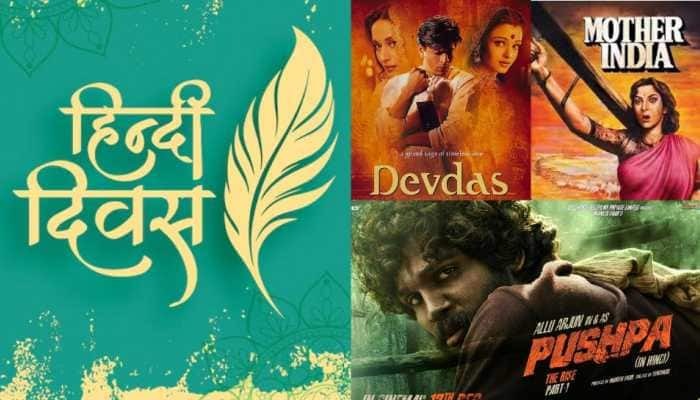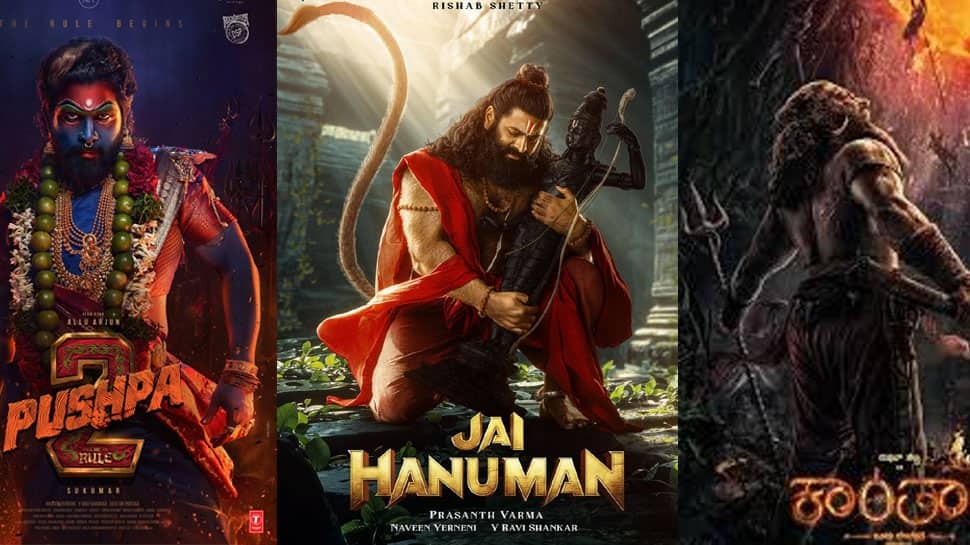Every year on September 14th, India celebrates Hindi Diwas to commemorate the adoption of Hindi as one of the country’s official languages in 1949. The day not only honors Hindi’s rich cultural and linguistic heritage but also highlights the significant role Bollywood has played in shaping its modern identity and expanding its influence, both within India and globally.
The Rise of Hindi Cinema and Its Cultural Impact
Since the early 20th century, Bollywood has been instrumental in promoting Hindi. With the release of the first talkie, Alam Ara in 1931, Hindi became the primary language for communication and storytelling in cinema. As Bollywood grew, it greatly influenced cultural trends, including fashion, music, and language. Films from the Golden Age of Hindi cinema, like Mother India (1957), Mughal-e-Azam (1960), and Shree 420 (1955), not only became box office hits but also left lasting cultural legacies.
Bollywood as a Linguistic Unifier
Bollywood has played a crucial role in popularizing Hindi across India, functioning as a linguistic bridge. From Kolkata to Kerala and Gujarat to Assam, Hindi films have introduced the language to regions where it might not be widely spoken. Even in southern states, where regional languages dominate, Hindi films, songs, and dialogues have entered everyday culture, making the language more familiar and promoting a sense of unity across the country.
Bollywood's Global Reach
In recent years, Bollywood has not only promoted Hindi within India but also served as a global ambassador for the language. Hindi films are enjoyed by millions around the world, especially in countries with large Indian communities like the USA, UK, Canada, and the Middle East. Stars such as Shah Rukh Khan, Amitabh Bachchan, and Deepika Padukone have large international fan bases, helping to elevate Hindi’s profile globally. The combination of Bollywood’s vibrant music, captivating stories, and dazzling visuals has made the language attractive to non-native speakers as well. Streaming platforms like Netflix and Amazon Prime have further extended Bollywood's global influence.
Hinglish: A Modern Blend of Hindi and English
In recent years, Bollywood has contributed to the rise of "Hinglish"—a mix of Hindi and English. While traditional Hindi remains important, many modern films, especially since 2000, feature characters who effortlessly switch between Hindi and English. Films like Dil Chahta Hai (2001), Zindagi Na Milegi Dobara (2011), and Yeh Jawaani Hai Deewani (2013) reflect this trend, portraying contemporary, urban characters.
The Influence of Bollywood Music and Dialogues
Bollywood's songs and dialogues have also played a significant role in popularizing Hindi. Hindi film music is beloved not only in India but around the world, contributing to the broader Indian identity abroad. Lyricists like Gulzar, Javed Akhtar, and Anand Bakshi have created memorable lyrics that have resonated across generations. Bollywood music, with its diverse range of genres from romantic ballads to high-energy dance hits, remains a powerful force in promoting Hindi.
Bollywood: Hindi's Voice on the Global Stage
On Hindi Diwas 2024, it is important to acknowledge Bollywood’s immense contribution to the promotion and global recognition of Hindi. By making the language accessible across India’s diverse linguistic landscape and raising its profile on the world stage, Bollywood continues to shape the way Hindi is spoken, appreciated, and celebrated.



.jpeg)

